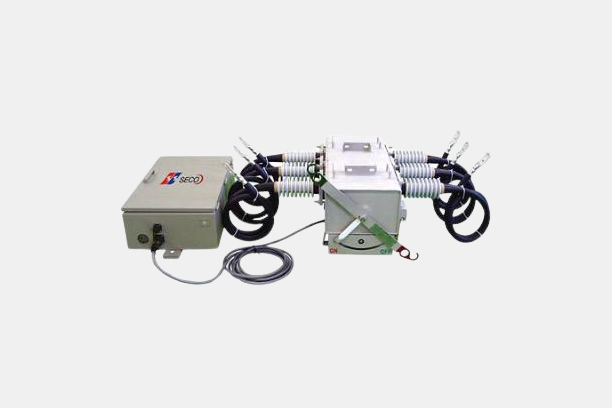
This product is manufactured by
S&S
Control Unit for Motorized SF6 Load Break Switch
Model Name
-
Data
Manufacturer information

S&S
Power distribution equipment manufacturer, Gas insulation break switch, Automatic switch, Parts
Inquiry
How to order
Problem with product info?
Update request
Manufacturer
S&S
Product Type
Machine
Brand
-
SKU
36828
Product Name
Control Unit for Motorized SF6 Load Break Switch
Model Name
-
Size
-
Weight
-
Product Details
More products

Vacuum Interrupter Disconnecting SwitchSDS-6A, 20A

Air Insulated Load Break Switch

Control Unit for Pad Mounted Load Break Switch 4W x 4S

Metering Out Fit (MOF)

Porecelain Bushing Ass'y (Terminal Type) of SF6 Load Break Switch

Porecelain Bushing Ass'y (Terminal Type) of Disconnecting Switch

Porecelain Bushing Ass'y (Cable Type) of SF6 Load Break Switch

Air Insulated Sectionalizing Switch (Indoor Type)

SF6 Gas Insulated Auto Section Switch

SF6 Gas Insulated Load Break Switch (Pole Mount Type)

Oil Insulated Auto Section Switch

SF6 Gas Insulated Earth Pad Mounted Switch (Pad Mount Type)

유입형 부하 개폐기

Puffer Arc Quenching Ass'y of Main Circuit

Mechanism Assembly
1/4




